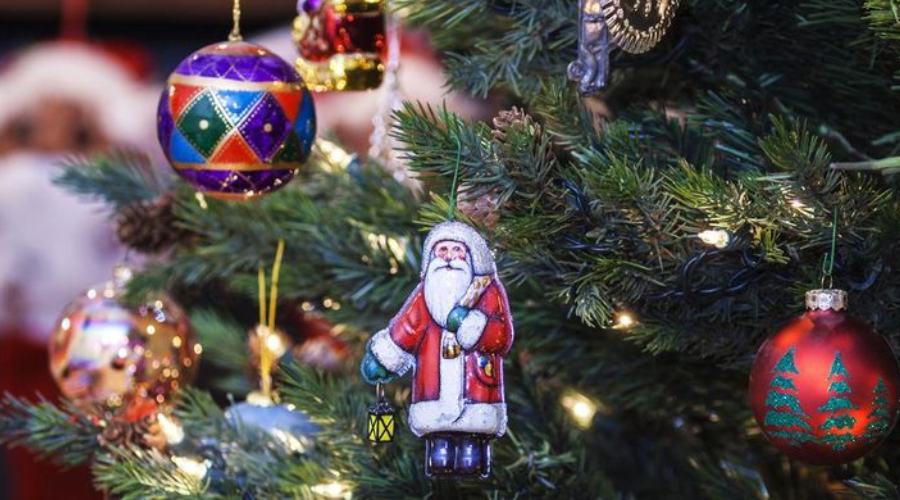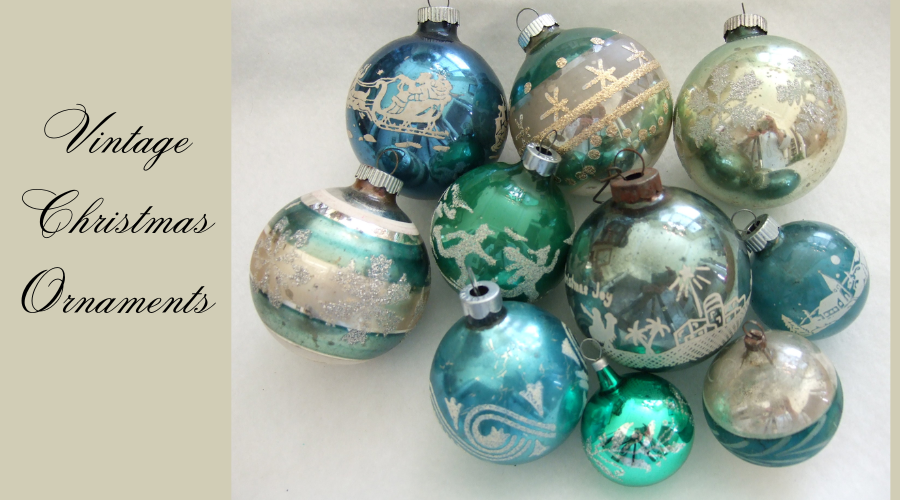
The Enchanting Evolution of Glass Christmas Ornaments
The Enchanting Evolution of Glass Christmas Ornaments

Glass Christmas ornaments have a magical quality that captures the essence of the holiday season. From humble start to intricate works of art, the evolution of these ornaments is a fascinating journey through history, culture, and craftsmanship. This exploration will delve into the enchanting evolution of glass Christmas ornaments, tracing their origins, innovations, and enduring charm.
The Origin of Glass Christmas Ornaments
The decorating of Christmas trees dates back centuries, originating in pagan rituals and Christian symbolism. Early decorations included simple items such as fruits, nuts, and candles. However, it was in 16th-century Germany that the concept of glass ornaments began to take shape.
In the 1500s, artisans in the German town of Lauscha started producing glass beads and baubles as decorations for Christmas trees. These glass ornaments were initially handcrafted using a labor-intensive process involving blowing molten glass into molds, shaping, and cooling it. The resulting delicate and beautiful ornaments reflect the artistry and skill of the artisans.

Innovation and Expansion
As demand for glass ornaments grew, so did the production techniques. In the 19th century, advances in glass-making technology led to abundant production of ornaments, making them more affordable and accessible to the general public. Manufacturers experimented with new colors, shapes, and designs, creating various ornaments to suit every taste and budget.
One of the most influential innovations in christmas glass ornament production was the introduction of silver. This process involved coating the inside of the ornament with a layer of silver nitrate, giving it a reflective surface that sparkled in the light. Silvering became a hallmark of quality craftsmanship and added an extra touch of elegance to glass ornaments.
The Rise of Collectable Ornaments
As glass ornaments became more widespread, they became cherished gifts passed down through generations. Collectors started seeking vintage ornaments from the 19th and early 20th centuries that appreciated their historical significance and craftsmanship. This sparked a resurgence of interest in traditional glassblowing techniques and revived the art of handmade ornaments.
In the mid-20th century, companies like Christopher Radko and Kurt Adler began producing handcrafted glass ornaments inspired by vintage designs. These collectible ornaments appealed to nostalgia and nostalgia, evoking memories of Christmases. Today, collectors eagerly anticipate each year's new releases, adding to their collections and preserving the legacy of glass ornament craftsmanship.
Modern Innovations and Trends
While traditional glass ornaments remain popular, modern innovations have introduced new possibilities for design and decoration. Stylish glass artists experiment with unconventional materials, techniques, and styles, pushing the boundaries of what constitutes a Christmas ornament.
The use of recycled glass to create Christmas ornaments has become popular. Artisans repurpose glass bottles, jars, and other discarded items, transforming them into unique and sustainable decorations. These ornaments add beauty to the tree and promote environmental awareness and stewardship.
Another trend is incorporating LED lights into glass ornaments, creating luminous displays that dazzle and delight. These enlightened ornaments are available in various shapes and colors, which add a modern twist to traditional holiday decor. They are also energy-efficient and long-lasting, making them eco-friendly for conscientious consumers.
Conclusion
From humble beginnings in a small German town to worldwide popularity, these enchanting decorations have captured people's imagination everywhere.
Whether handcrafted by skilled artisans or mass-produced in factories, glass ornaments continue to bring joy and beauty to the holiday season. Their shimmering surfaces reflect the magic of Christmas, while their timeless designs evoke memories of cherished moments spent with loved ones. As we decorate our trees with these cherished ornaments year after year, the artistry, craftsmanship, and innovation have shaped the enchanting evolution of glass Christmas decorations.
